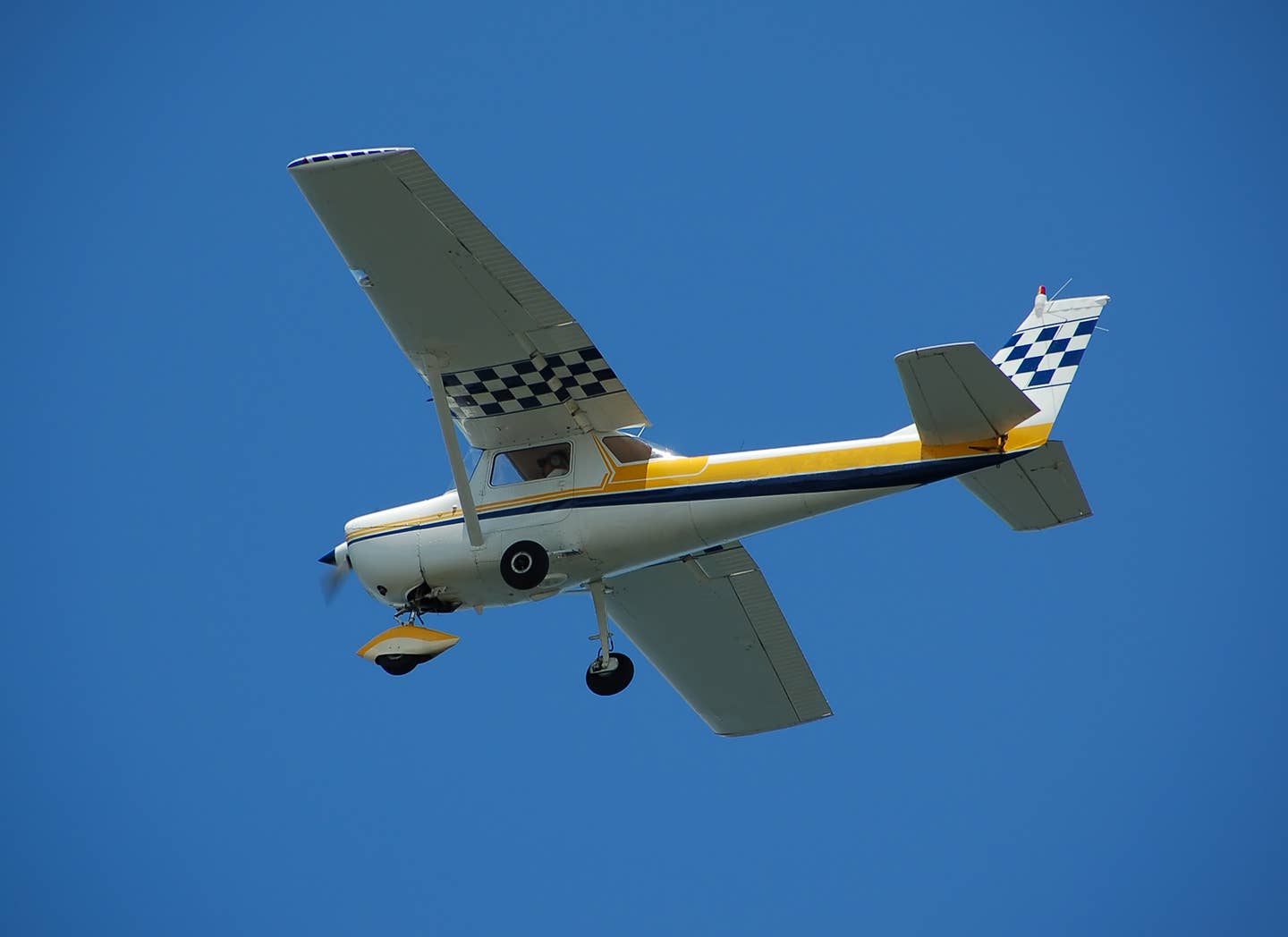
A mandate for surveillance in Canada’s Class C through E airspace is expected as early as 2026. [File Photo: Adobe Stock]
Nav Canada and Transport Canada announced Tuesday that a new ADS-B mandate will go into effect on February 23, 2023, which will require aircraft flying in Class A and B airspace above 12,500 feet to use ADS-B Out.
Using global navigation satellite system (GNSS) technology similar to GPS, ADS-B calculates an aircraft's location, speed, and direction, providing controllers greater situational awareness for aircraft in their airspace. Space-based ADS-B has already been used to provide global surveillance to capable aircraft in Hudson Bay, the North Atlantic, and Canada's domestic airspace above 29,000 feet.
In December 2021, Nav Canada—the first service provider to employ ADS-B in its airspace—expanded its services to aircraft below 29,000 feet in the Montreal Flight Information Region. It plans to expand that scope to the Edmonton and Winnipeg Flight Information Regions in late 2022. A mandate for surveillance in Canada's Class C through E airspace is expected as early as 2026.
Equipment Requirements for the New Canadian ADS-B Compliance
An owner looking to comply with the 2023 mandate will need to outfit their aircraft with an ADS-B Out-capable transponder and broadcast antenna that communicates with receivers with 1090 MHz extended squitter capability.
There are options. Owners can either use a series of antennas (based on version) mounted on the top and belly of the fuselage, or a single antenna capable of transmitting up and down to satellites. A noncompliant aircraft could be denied entry into ADS-B-designated airspace, except for special circumstances.
Differences Between U.S., European, and Canadian Mandates
ADS-B requirements to operate in the U.S. are slightly different. The U.S. ADS-B mandate, which went into effect January 1, 2020, requires aircraft operating in airspace requiring Mode C or S transponders to have ADS-B-out equipment.
Additionally, a 1090 extended squitter is required above 18,000 feet msl, whereas pilots operating below can use a 978 MHz universal access transceiver. Outside U.S. airspace, almost all ADS-B systems operate on 1090 MHz.
While the new Canadian mandate will allow domestic aircraft to comply with U.S. and European rules, the U.S. and European operators traversing Canadian airspace will need to meet Nav Canada's antenna requirements.

Sign-up for newsletters & special offers!
Get the latest FLYING stories & special offers delivered directly to your inbox






